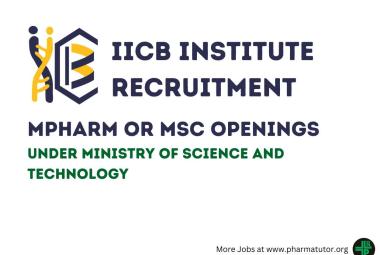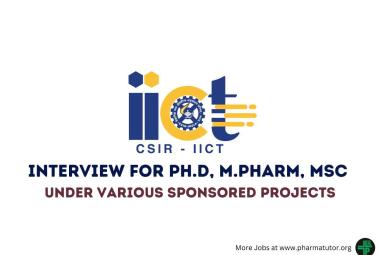DEVELOPMENT, CHARACTERISATION AND INVITRO EVALUATION OF BUCCOADHESIVE BILAYERED TABLETS FOR THE TREATMENT OF HYPERTENSION
{ DOWNLOAD AS PDF }
 ABOUT AUTHORS:
ABOUT AUTHORS:
Kavitha Reddy Jupally*, A.Pavani, R. Raja Reddy, Habibuddin.
Department of Pharmaceutics, Malla Reddy Pharmacy College,
Maisammaguda (via- Hakimpet), secunderabad, Telangana, India.
kavithareddy0811@gmail.com
ABSTRACT
Ramipril is a prodrug belonging to the class of angiotensin-converting enzyme (ACE) inhibitor, which undergoes extensive hepatic first pass metabolism. The aim of the present study is to develop buccoadhesive bilayered tablet of ramipril to achieve the greater therapeutic efficacy, to increase the bioavailability, to overcome the first pass hepatic metabolism of the drug. A UV spectrophotometric method has been employed for the estimation of Ramipril at 219 nm. Buccal tablets of Ramipril were prepared by direct compression method using ethyl cellulose as a polymer. The precompression parameters like bulk density, tapped density, carr’s index and angle of repose were determined. The post compression parameters like hardness, thickness, friability, weight variation, in vitro dissolution, FTIR studies were carried out to check if any interactions had occurred, results were promising. The optimized formulation was selected based on results and percentage drug release was found to be 92.95 and followed First order, peppas model with Fickian release mechanism.



 ABOUT AUTHORS:
ABOUT AUTHORS:  ABOUT AUTHORS:
ABOUT AUTHORS:  ABOUT AUTHOR:
ABOUT AUTHOR:  ABOUT AUTHORS:
ABOUT AUTHORS:







.png)

